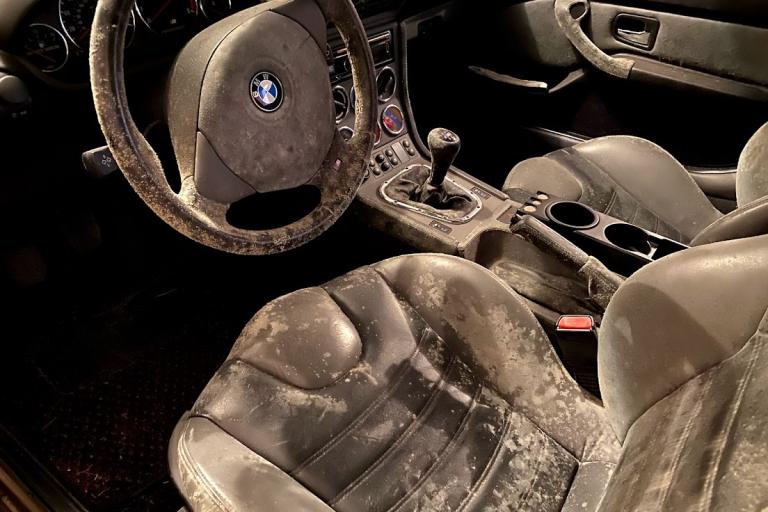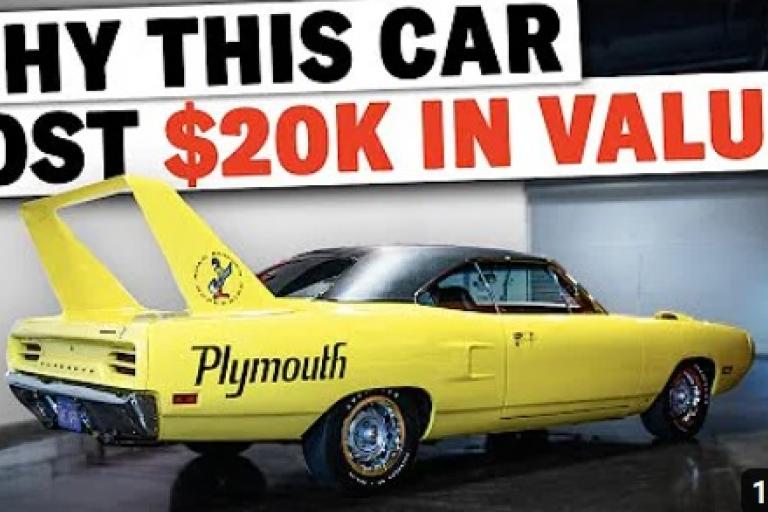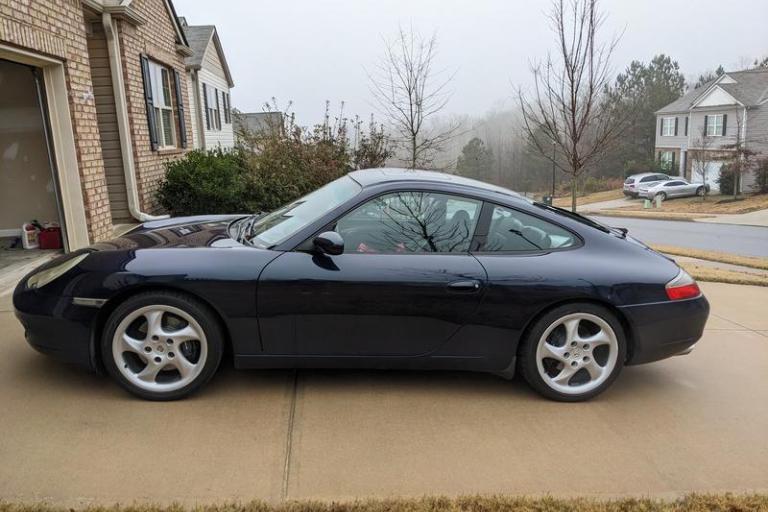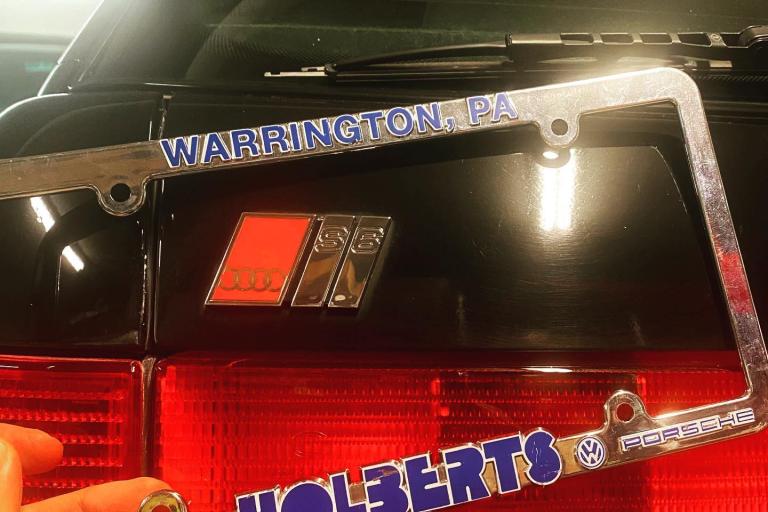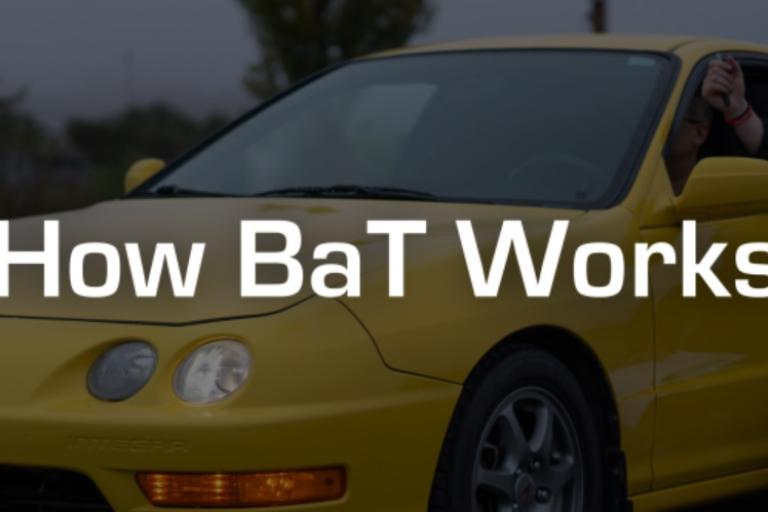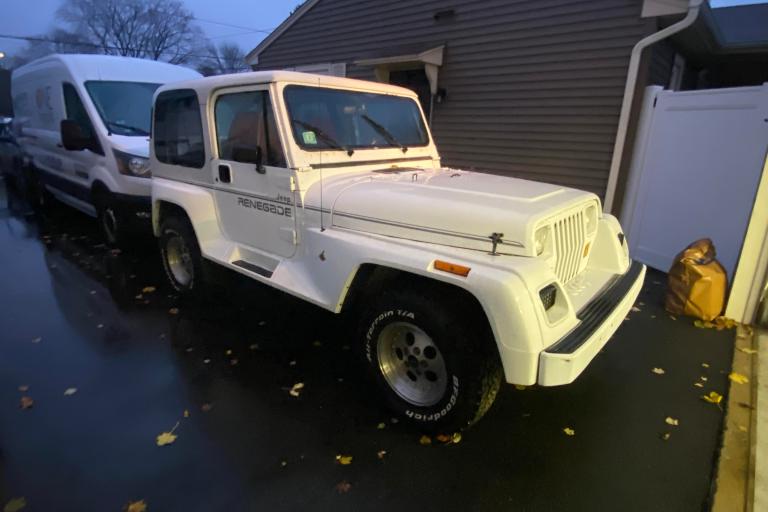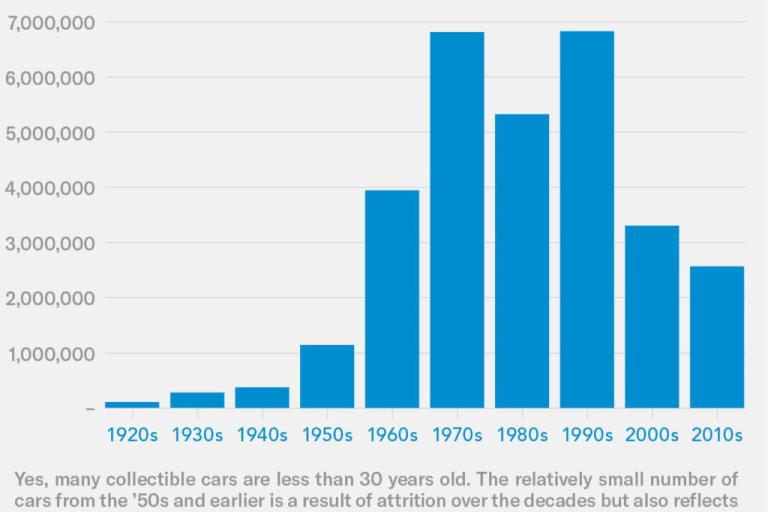This week, a driver-quality BMW Z3 M Roadster sold on Bring A Trailer for nearly $15,000. This was in line with what the market generally commands for the less desirable open-top M car, especially one with average miles and condition. Even so, the price paid may still be too ...
TCG Stories
By: Jeff,
Hagerty has introduced a segment called "The Appraiser" on YouTube, and a recent episode where the guest brought on his recently restored Plymouth Superbird captured a key detail that we at The Common Gear have long believed in.
"Chris (the owner) has said he has no original paperwork for the ...
By: Jeff,
For a while now, I've felt the train is leaving the station as it relates to the 996 chassis Porsche 911. More so than any index fund, the Porsche 911 has only gone up in value year over year. I know anyone reading will think I'm just being a spendthrift ...
By: Jeff,
One of my favorite rabbit holes tracking down the original selling dealer when I add a new project to the fleet. I have been incredibly successful for the most part, barring a few vehicles that left no trace of where they were sold new.
The Audi S6 Avant came with ...
By: Jeff,
For many of us of a certain age, we realize that the world of automobiles and motorsports is incredibly hard to penetrate. Those of us who remember pulling up to our first autocross event, or a track day session, know it's an intimidating crowd (at first, and then mostly friendly) ...
By: Jeff,
In 2022, Bring A Trailer blew past its record year in 2021, recording a 63 percent increase in sales over the prior year. While the winds of change are blowing with recession fears and interest rate hikes moving in, BaT's founders don't foresee a major slow-down in its booming business. ...
By: Jeff,
A few nights ago, I went to check out an old Honda VF500 Interceptor motorcycle. This was not a serious excursion - more an excuse to get the kids out of the house on a rainy day than anything else - but I've had the idea of buying a cheap ...
By: Jeff,
While we have all come to know and love Hagerty for the way it looks after collector car owners, there's more to the story than just agreed-value policies for quirky hobby cars. In fact, a recent article from Seeking Alpha, a blog that provides insights on the good, bad ...
By: Jeff,
In 2020, Hagerty produced a compelling article about the size of the collector car market in the United States. In this piece titled, "The collector car market is bigger than you think," the author points out that at the time of publication, there were some 31 million collector-grade ...
By: Jeff,
The collector car insurance landscape is often summed up in one word: Hagerty. We tend to assume that the provider with the biggest media buys and splashiest presence at marquee car shows and auctions is the only game in town, but there are actually quite a few agencies to choose ...
